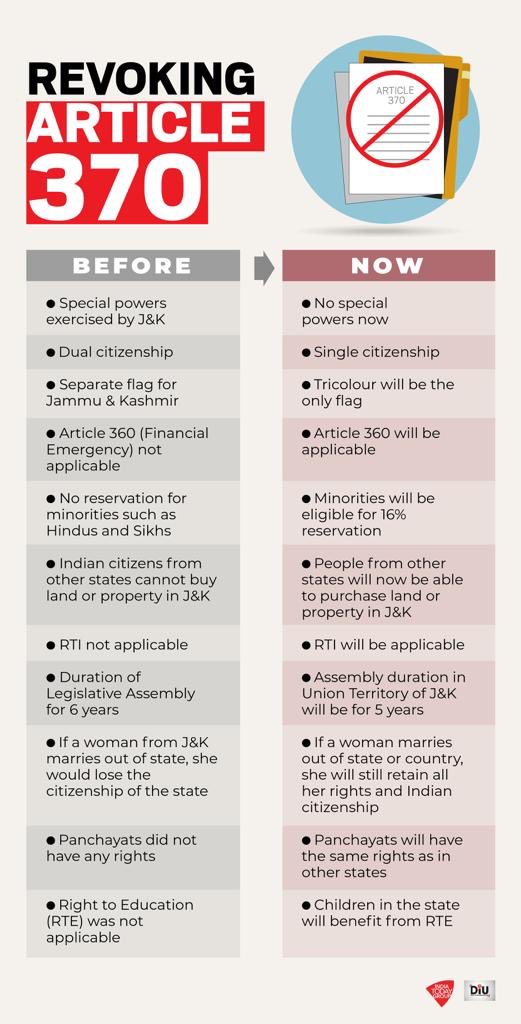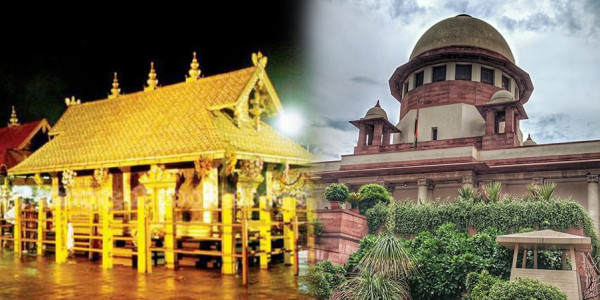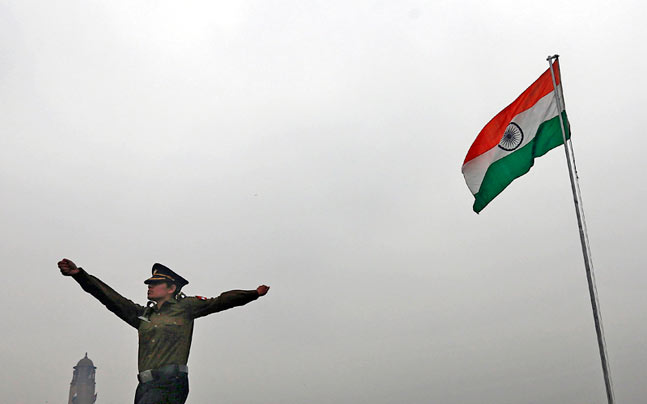The Independence that we celebrate today was won by the Indian people through a prolonged and hard struggle of epic dimensions, a larger than life battle in which ordinary men and women performed heroic roles.It was a cumulation of revolutionary movement which forced the rulers of an empire on which the ‘sun never set’ to surrender power to their ‘subjects’ whom they had exploited for two centuries.India became the first colony to throw off the imperial yoke, and its example inspired other countries in Asia and Africa and by 1960s, most countries had became independent.
Throwing light upon duties seems to be the most apt headline this independence amidst all the noises of rights and protection.The framers of the Constitution did not deem it appropriate to incorporate Fundamental Duties in the text of the Constitution, however the post-Constitution civic life, for around a quarter of a century did not portray a rosy picture and therefore it was thought fit to have a framework of duties within Constitution itself which ironically came into life at the time of suspension of rights during emergency.Apart from the 11 Fundamental duties, there is need for addition of several duties as the country has grown 70 yrs but is still very young.
Duty to Vote: One method through which this may be achieved is through developing a system of incentives for voters and conversely disadvantages for those who remain abstain from performing their duty to vote.A very large section of people can be motivated to vote this way
Duty to pay taxes: It will shift the onus onto tax payer to pay taxes rather than tax department to collect them
Duty to help accident victims:Every 60 minutes, 16 people die in India in traffic accidents.With the increase in the number of accidents, it has become pertinent for India to recognise this duty as one owed by its citizens towards each other
Duty to keep premises clean, Duty to raise voice against injustice, Duty to protect whistle-blowers are some more which can be incorporated. For the people of country who are so knowledgable about their rights , surely these duties would be welcomed and understood equally well
What could be some of the defining images of India at 70? The growing visibility of gestures of Dalit resistance and attempts to regain dignity, how to define nationalism, what should be the protection for and right of minorities, the correct balance of power between institutions, or the cow vigilantism in many parts of the country which says that it is right to disrespect human life in the name of the cow. These are desperate images but with a common theme: They speak of freedom’s work half done, or undone, while promising that fight for greater freedom is still on.Having said all this ,India’s image globally was never so powerful in the past 70 years whose bold example is when Mr Prime Minister from the podium of Red Fort gave life to NSA’s words”that offense is the new defence” by taking into account Balochistan and telling our bitter neighbour that India has the answer to Kashmir and now it is not in the mood to sit back. Strong leader and growing powerful allies in the east as well as west are a welcome signal for an emerging economic power who is growing day by day.
Sixty nine years after Independence, we Indians are more free than when the British left, but less free than what the framers of our Constitution hoped us to be.For now, lets celebrate the growing visibility of Dalit resistance and fight for dignity,refusal to dispose of human waste and remove carcasses of dead animals anymore Let’s welcome Candidate Irom Sharmila in Manipur, when she takes the electoral plunge and an election issue called AFSPA.Let’s look forward to the latest bout between judiciary and government yielding hopefully in a finer balance of institutions.To quote Nehru on 15th August 1947,”It is a tryst with Destiny” and hope the coming generations continue with the same feeling and pride






